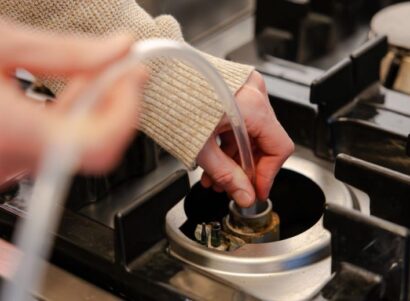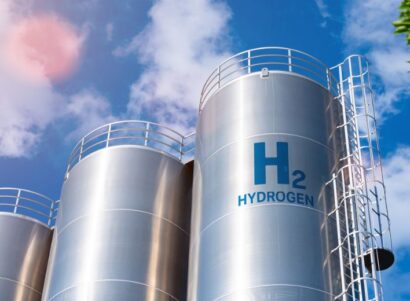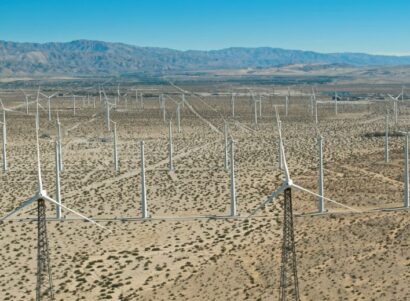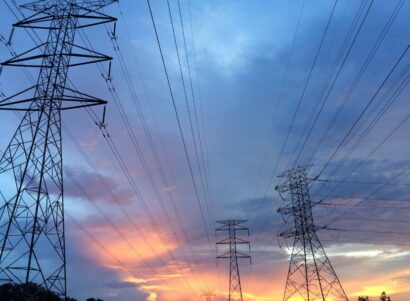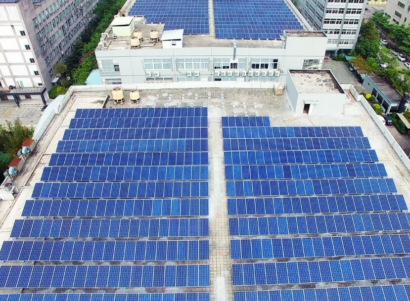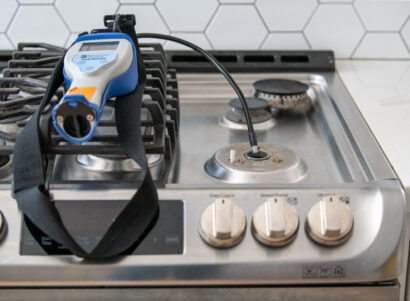Scientists find natural gas throughout California contains numerous hazardous air pollutants that can impact air quality and public health
Press Contact: Adrienne Underwood, adrienne@psehealthyenergy.org, 530-919-2164
OAKLAND, CA – The natural gas piped into millions of California homes for heating and cooking contains elevated levels of carcinogens and hazardous air pollutants, according to new research from the nonprofit energy science and policy research institute PSE Healthy Energy. The study, published in Environmental Science & Technology, found that even low-level gas leaks from kitchen stoves when they are off can generate benzene concentrations in homes up to seven times California’s recommended exposure limit. These concentrations are in addition to benzene leaks that may occur when the stove is in use.
“Stoves leak small amounts of gas all the time, even when they are off. While these leaks are often too small to smell, they can still impact air quality and increase human health risks in our homes,” said lead author Dr. Eric Lebel, senior scientist at PSE Healthy Energy. “We found that just having a gas stove can create benzene concentrations in the kitchen comparable to secondhand smoke.”
The study provides the most comprehensive data to date on the concentration of hazardous air pollutants in California’s distribution-level natural gas. Researchers collected 185 individual samples of unburned gas from kitchen stoves across the state. They detected benzene and other hazardous air pollutants in nearly every sample, including samples across the state’s three major gas utilities: Pacific Gas and Electric (PG&E), Southern California Gas Company (SoCalGas), and San Diego Gas and Electric (SDG&E). Of the 10 most commonly detected pollutants, six are federally-designated hazardous air pollutants under the Clean Air Act.
Concentrations of pollutants varied throughout the state, with the highest levels found in Los Angeles County. Exceptionally high benzene concentrations were observed in the North San Fernando and Santa Clarita Valleys, where the study’s maximum benzene concentration of 66 ppmv was observed—a level roughly 30 times greater than the statewide average.
Researchers also calculated the potential for gas leaks to impact outdoor air quality. Using existing emissions data, the researchers found that California’s gas appliances and distribution-level infrastructure leak the same amount of benzene as the emissions from nearly 60,000 cars each year.
“Natural gas leaks are a source of hazardous air pollutants that have largely been overlooked,” said PSE Healthy Energy Senior Scientist Drew Michanowicz. “Policies that phase out gas appliances are not only good for our climate, our study shows that these policies also provide important public health benefits by improving indoor and outdoor air quality.”
The study comes as the state of California charts a transition from gas appliances in homes to electric alternatives over climate and health concerns. Last month, California air regulators approved a first-in-the nation commitment to phase out the sale of gas furnaces and water heaters by 2030—a move that will transition millions of homes to electric alternatives, such as heat pumps. The state has also moved to phase out subsidies for connecting new homes to the gas system, and is considering ending rebates for gas appliances to incentivize the transition to electric alternatives.
###
About PSE Healthy Energy
PSE Healthy Energy is a nonprofit research institute dedicated to supplying evidence-based scientific and technical information on the public health, environmental, and climate dimensions of energy production and use. We are the only interdisciplinary collaboration focused specifically on health and sustainability at the intersection of energy science and policy. Visit us at psehealthyenergy.org and follow us on Twitter @PhySciEng.



